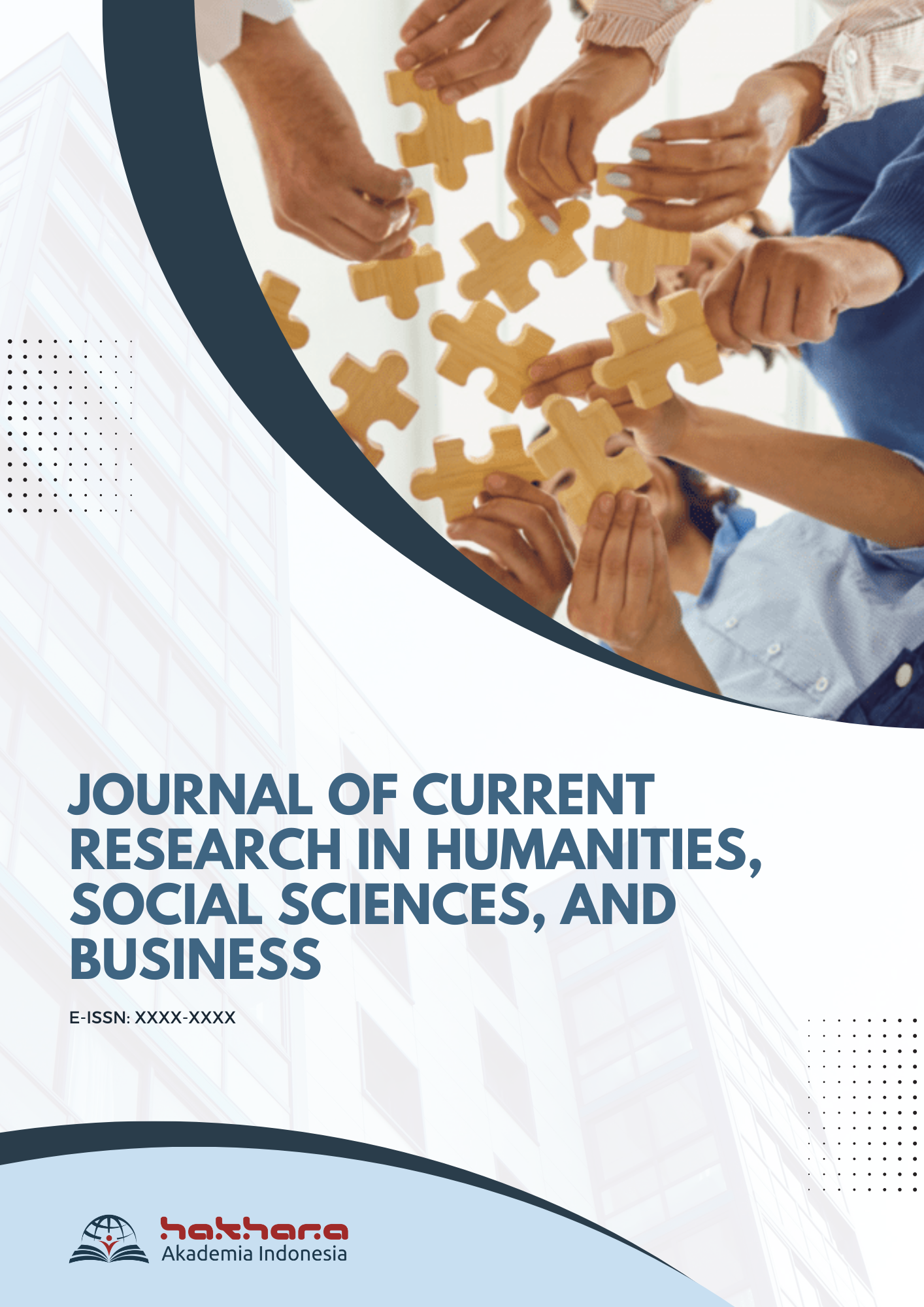Pemanfaatan Big Data dan AI untuk Smart Decision Making dalam Manajemen SDM
DOI:
https://doi.org/10.71383/b4yzaq26Keywords:
Big Data, Artificial Intelligence, Human Resource ManagementAbstract
The development of digital technology has driven organizations to integrate Big Data and Artificial Intelligence (AI) into human resource (HR) management. The use of these technologies has shifted decision-making paradigms from intuition-based approaches to data-driven ones that are more accurate, fast, and objective. This study aims to analyze the role of Big Data and AI in supporting smart decision-making in HR management through a literature review. The method applied is a systematic review of relevant scholarly journals, books, and industry reports published between 2015 and 2024. Thematic analysis was conducted to identify patterns of utilization, benefits, and implementation challenges. The findings show that Big Data plays a role in processing massive information covering the entire employee lifecycle, while AI provides predictive and prescriptive analytics that generate strategic recommendations. The integration of both technologies has proven effective in improving recruitment, performance appraisal, workforce planning, and employee retention. However, the implementation of these technologies still faces challenges such as algorithmic bias, data privacy, and infrastructure limitations. Therefore, ethical, transparent, and gradual implementation strategies are necessary to optimize the benefits of these technologies.
Downloads
References
Davenport, T., Guha, A., Grewal, D., & Bressgott, T. (2020). How artificial intelligence will change the future of marketing. Journal of the Academy of Marketing Science, 48(1), 24–42. https://doi.org/10.1007/s11747-019-00696-0
Heliana, E., & Wahyuni, S. (2024). Big data analysis in human resources decision making: Optimizing workforce management. Jurnal Riset Manajemen Sains Indonesia, 15(1), 22–35. https://journal.unj.ac.id/unj/index.php/jrmsi/article/view/42941
IDC. (2022). Worldwide Global DataSphere Forecast, 2022–2025. International Data Corporation. https://www.idc.com/
Meijerink, J., Bondarouk, T., & Lepak, D. (2020). When HRM meets algorithms: Toward a research agenda. Human Resource Management Review, 30(1), 100694. https://doi.org/10.1016/j.hrmr.2019.100694
Minfo Polgan. (2025). Pemanfaatan Big Data dan AI untuk peningkatan strategi HR. Jurnal Manajemen dan Perusahaan, 12(2), 55–68.
Mishra, S. N., Lama, R., & Pal, Y. (2016). Human resource predictive analytics (HRPA) for HR management in organizations. International Journal of Computer Applications, 145(7), 5–8. https://doi.org/10.5120/ijca2016910520
Purohit, A. (2025). Bias in AI-powered recruitment systems: Challenges and solutions. Human Systems Management, 44(2), 101–110. https://doi.org/10.3233/HSM-240044
Qin, C., Liu, Y., Zhang, H., & Wang, X. (2023). Talent analytics with AI and big data: Opportunities and challenges. arXiv preprint arXiv:2307.03195. https://arxiv.org/abs/2307.03195
Robert, L. P., Pierce, C., Marquis, L., Kim, S., & Alahmad, R. (2020). Designing fair AI for managing employees in organizations: A review, critique, and design agenda. arXiv preprint arXiv:2002.09054. https://arxiv.org/abs/2002.09054
Snyder, H. (2019). Literature review as a research methodology: An overview and guidelines. Journal of Business Research, 104, 333–339. https://doi.org/10.1016/j.jbusres.2019.07.039
Venugopal, S., Sharma, A., & Nambisan, S. (2024). AI-enabled HR decision-making: An integrative framework. Cogent Business & Management, 11(1), 2432550. https://doi.org/10.1080/23311975.2024.2432550
Webster, J., & Watson, R. T. (2002). Analyzing the past to prepare for the future: Writing a literature review. MIS Quarterly, 26(2), xiii–xxiii. https://www.jstor.org/stable/4132319


